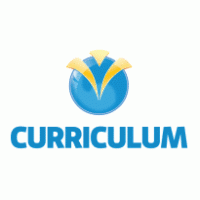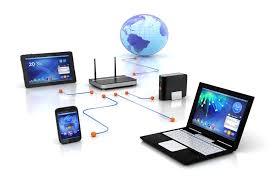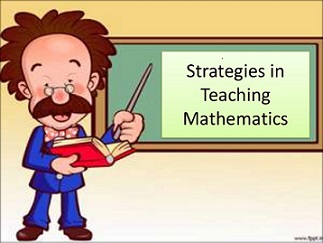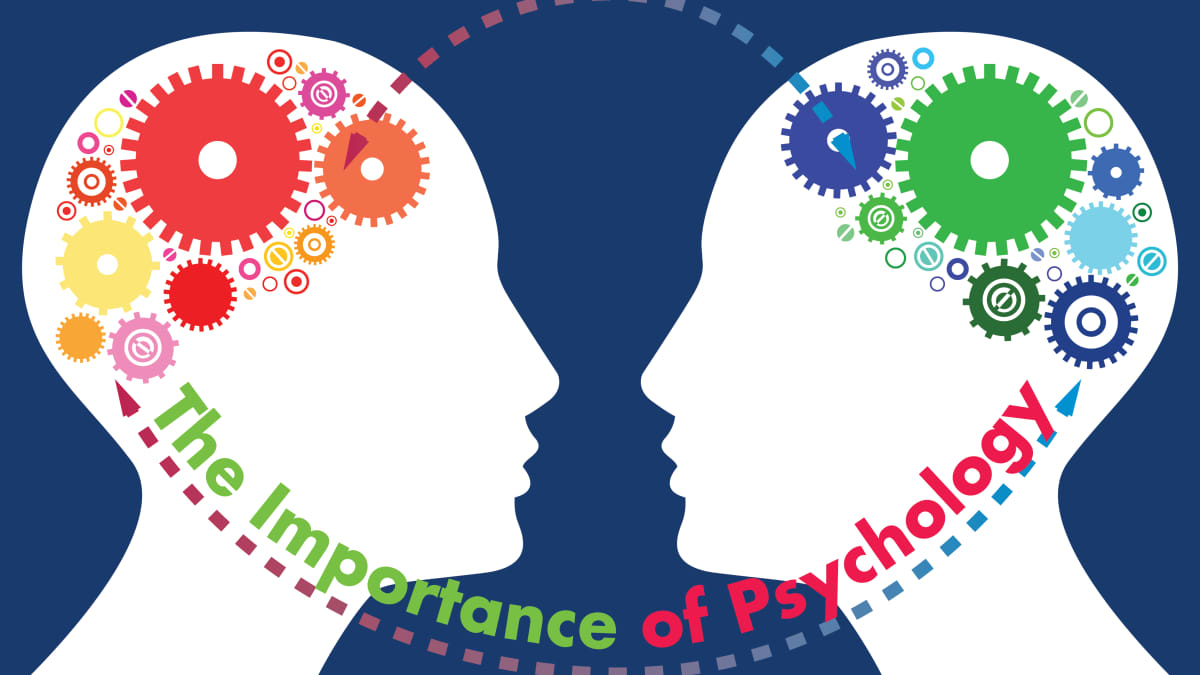
- Lecturer: Sylvanus Kofie

Course Objectives: By the end of the semester, the learners will be able to;
1. Demonstrate knowledge and understanding of basic concepts of data communications, and computer networking.
1.1 Explain concepts of data communication and computer networks.
2. Demonstrate knowledge and understanding of the different networking components and their respective roles in a computer communication system.
2.1 Explain specific hardware and software requirement for particular communication types.
3. Apply the concepts of configuration of networking devices.
3.1 Configure and send data from one personal computer to another.
3.2 Connect a PC to access the Internet.
Date | Units | Topic |
| 1 | Introduction to Data Communications and Networking. |
| 2 | Transmission Media |
| 3 | Network Fundamentals |
| 4 | The Internet |
| 5 | The World Wide Web |
| 6 | Mid Semester Examination |
Instructional resources | 7 | i. Smartphones, ii. Laptops, iii. Desktop computers, iv. Tablets v. TV and Radio, vi. Open Educational Resources (Including: YouTube, MOOCS-Udemy/ coursera, khan academy, TESSA), vii. The iBox (CENDLOS) viii. Subject based application software Instructional Laboratories (with multimedia equipment and smartboards)
|
| 9 | End of Semester Examinations |
Assessment
Class Participation/Online Survey- 5%
Daily Group Journal- 5%
Group Project- 10%
Mid-term Test- 20%
End of Semester Examination- 60%
REFERENCES
Stallings, W. (2013). Data and computer communications, (10th ed.), Prentice Hill,.
Kurose, J., Ross, K., Computer Networking: A top-Down Approach, 6th Edition, Peason, 2012.
Brookshear, J. G. & Brylow, D. (2015). Computer science: an Overview (12th ad), Harlow Essex, England: Pearson.
Forouzan, B., (2012) Data Communication and Networking, 5th Edition. McGraw-Hill,
Comer, D. (2006). Internetworking with TCP/IP, Volume I: Principles, Protocols, and Architecture. Upper Saddle River, NJ: Prentice Hall,
Freeman, R. (2005).Fundamentals of telecommunications. New York:Wiley,
Tanenbaum, A. S. (2003). Computer networks (4/e), Prentice Hall,.
Selected articles and online resources (youtube.com, MOOCs: Khan Academy, TESSA, Udemy etc.)

This course is meant to help students design and use instructional media and technologies for learning to facilitate the delivery of instruction/teaching in education and training contexts. It exposes students to various types of instructional media and helps them to understand the principles, methods and techniques for designing and using instructional media and technology systematically in education and training settings.
By the end of the course student will be able to design and use instructional media effectively in his/her teaching.

The course is designed to develop student-teachers’ competencies in developing the required teaching skills, attitudes and knowledge in their specified subjects. Students will be exposed to the principles, concepts, and subject-specific methods and techniques required for the effective teaching in the various disciplines and at the various levels of the education system. Each course shall have a micro teaching session designed to equip students with hands-on skills, attitudes and the pedagogical content knowledge of the various disciplines.

nnnnnnnnnnnnnnnnnnnnnnnnnnnnnnnnnnnnnnnnnnnnnnnnnnnnnn

This course introduces you to the school management process
